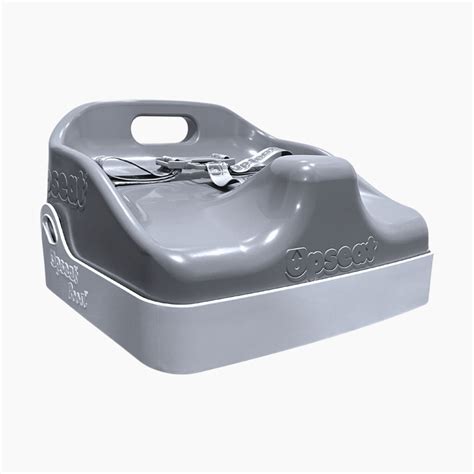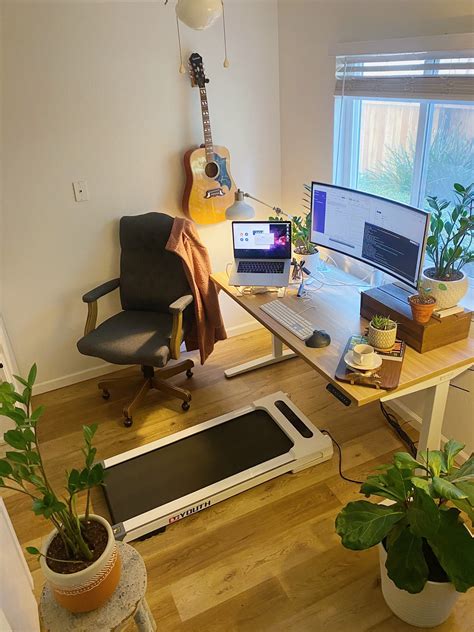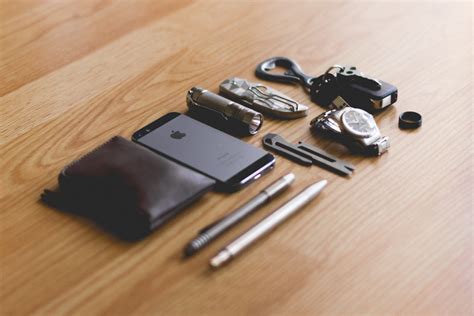Ergonomic gear: Boost focus, posture, and productivity?

Unlocking Your Potential: The Ergonomics Advantage
In today’s demanding work environment, whether in a traditional office or a remote setup, the quest for sustained focus and peak productivity is constant. Often overlooked, however, is the profound impact of our physical workspace on our cognitive and physical well-being. This is where ergonomic gear steps in, promising not just comfort but a significant uplift in overall performance.
But can a specialized chair, an adjustable desk, or a uniquely shaped mouse truly make a difference? Let’s delve into how ergonomic gear works and whether it lives up to its claims of boosting focus, enhancing posture, and driving productivity.
What is Ergonomic Gear?
Ergonomics is the science of designing and arranging workspaces, products, and systems so that they fit the people who use them. Ergonomic gear, therefore, comprises tools and equipment specifically engineered to optimize human well-being and overall system performance. The primary goal is to minimize physical strain, reduce the risk of injury, and maximize efficiency and comfort during tasks.
Think beyond just a fancy chair. Ergonomic gear encompasses a wide range of items, including adjustable desks, specialized keyboards and mice, monitor arms, footrests, and even proper lighting, all designed to support the body’s natural posture and movements.

The Triad of Benefits: Posture, Focus, and Productivity
1. Improved Posture and Reduced Strain
One of the most immediate and tangible benefits of ergonomic gear is its positive impact on posture. Poor posture, often a result of prolonged sitting or standing in unsupportive positions, can lead to chronic back pain, neck stiffness, shoulder issues, and even headaches. Ergonomic chairs provide lumbar support, encouraging the natural curve of the spine, while adjustable desks allow you to alternate between sitting and standing, reducing static load on your body.
Ergonomic keyboards and mice are designed to keep wrists and hands in a neutral position, preventing repetitive strain injuries like carpal tunnel syndrome. By aligning your body correctly, ergonomic tools help distribute weight evenly, alleviate pressure points, and reduce muscle fatigue, leading to less discomfort throughout the day.
2. Enhanced Focus and Concentration
It’s simple: when you’re uncomfortable, your focus suffers. A nagging backache or strained neck is a constant distraction that pulls your attention away from your work. By eliminating these physical irritations, ergonomic gear creates a more comfortable and supportive environment, allowing your mind to concentrate fully on the task at hand.

When your body is properly supported and free from pain, your mental energy is liberated from managing discomfort and can be fully dedicated to cognitive tasks. This reduction in ‘background noise’ significantly improves your ability to concentrate for longer periods, leading to higher quality work and fewer errors.
3. Increased Productivity
The link between comfort, focus, and productivity is undeniable. When you’re comfortable, pain-free, and able to concentrate, you naturally become more efficient. You can work for longer stretches without needing breaks due to discomfort, and the quality of your output improves because your mental resources aren’t being diverted.
Furthermore, by preventing injuries and chronic pain conditions, ergonomic gear reduces the likelihood of absenteeism or reduced work capacity, ensuring consistent productivity over time. It’s an investment not just in comfort, but in sustained output and long-term career health.
Key Ergonomic Items to Consider
- Ergonomic Chair: Look for adjustable height, lumbar support, armrests, and seat depth.
- Adjustable Standing Desk: Allows seamless transitions between sitting and standing throughout the day.
- Ergonomic Keyboard and Mouse: Designed to keep wrists in a neutral position, reducing strain.
- Monitor Arm/Riser: Positions your monitor at eye level, preventing neck and eye strain.
- Footrest: Supports your feet and lower body, especially if your chair is too high for your desk.

Implementing Ergonomics in Your Workspace
Adopting ergonomic principles isn’t just about buying new gear; it’s also about how you set up and use your workspace. Here are a few tips:
- Eye Level Monitor: Ensure the top of your monitor is at or slightly below eye level, about an arm’s length away.
- Feet Flat on Floor: Your feet should be flat on the floor or a footrest, with knees at about a 90-degree angle.
- Keyboard and Mouse Proximity: Keep your keyboard and mouse close to your body to avoid reaching.
- Regular Breaks: Even with the best ergonomic setup, it’s crucial to take short breaks, stretch, and move around regularly.

Conclusion
The question isn’t whether ergonomic gear can boost focus, posture, and productivity, but rather how significantly it can do so for you. By actively supporting your body’s natural alignment and reducing physical stress, ergonomic tools create an environment conducive to sustained concentration and efficient work. Investing in ergonomic gear is an investment in your health, comfort, and ultimately, your capacity to perform at your best, day in and day out.
It’s time to stop enduring discomfort and start thriving in a workspace designed for your success.






